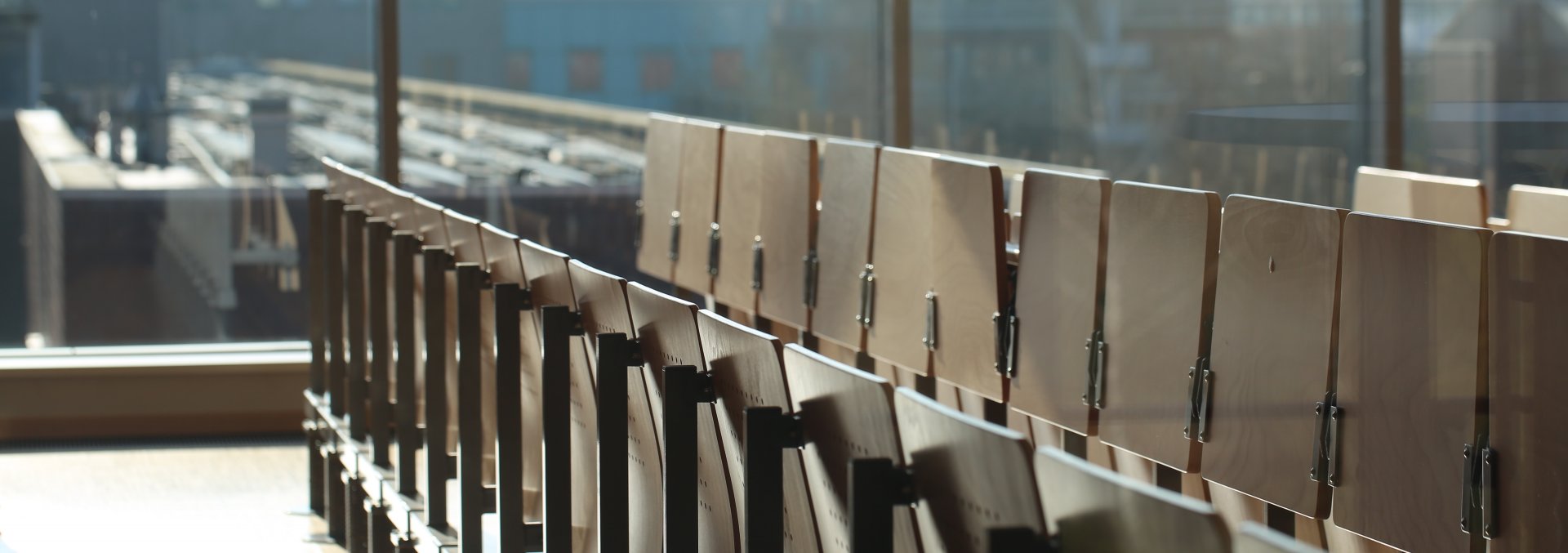- Presse
- Assaf Vardi: The metabolic cross talk during host-virus arms race at sea
Assaf Vardi: The metabolic cross talk during host-virus arms race at sea

Marine viruses are recognized as major ecological and evolutionary driving forces, shaping community structure and controlling cycling of nutrient energy in the marine environment. A major challenge in our current understanding of host-virus interactions dynamics is to decode the wealth of genomic data and translate it into cellular mechanisms that mediate host susceptibility and resistance to viral infection. Furthermore, our ability to assess the ecological impact of marine viruses is currently limited to approaches that focus mainly on quantification of viral diversity.
We investigate the interactions between the cosmopolitan bloom-forming alga Emiliania huxleyi and its specific large dsDNA virus EhV that is responsible for large scale bloom demise. Therefore, this host-pathogen model is an attractive systems to elucidate basic metabolic principles that mediate the fate and outcome of this interaction. Recently, we revealed how infection by EhV induced profound rewiring host metabolic pathways (e.g. sphingolipids, TAGs, redox and autophagy), which are critical for viral assembly and egress.
Host-pathogen interactions are highly dynamic, involving a complex host defense and pathogen hijacking strategies. Investigating these interactions at the whole-population level tends to mask cell-to-cell variability, hampering the ability to discern between diverse phenotypes. Here we unmasked algal host responses to viral infection, by resolving host-virus interactions on a single cell resolution, by combining single-cell dual RNA-seq with advanced mass spectrometry imaging. We used clustering of individual cells based on their specific transcriptomic signatures and unique metabolic profiling, to define distinct “infection states” and to unmask rare resistant phenotypes. Resolving host-virus “arms race” on a single cell level will provide novel sensitive biomarkers to quantify active viral infection and to assess the ecological impact of marine viruses and their function in regulating the fate of algal blooms in the ocean.